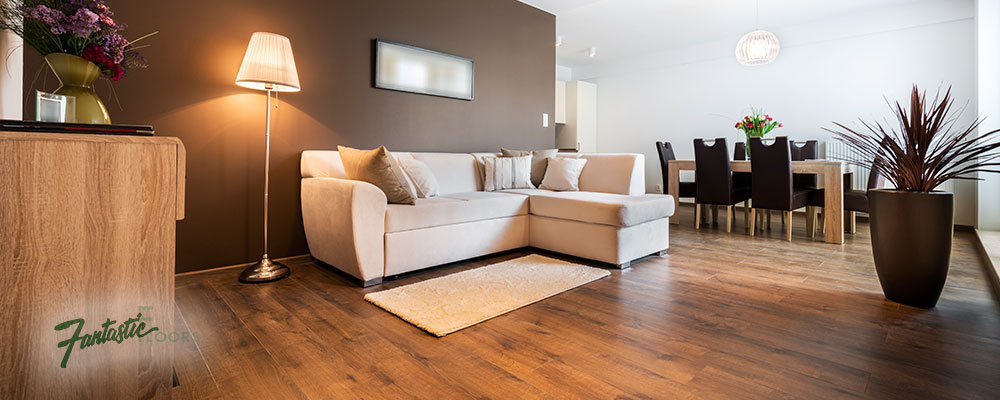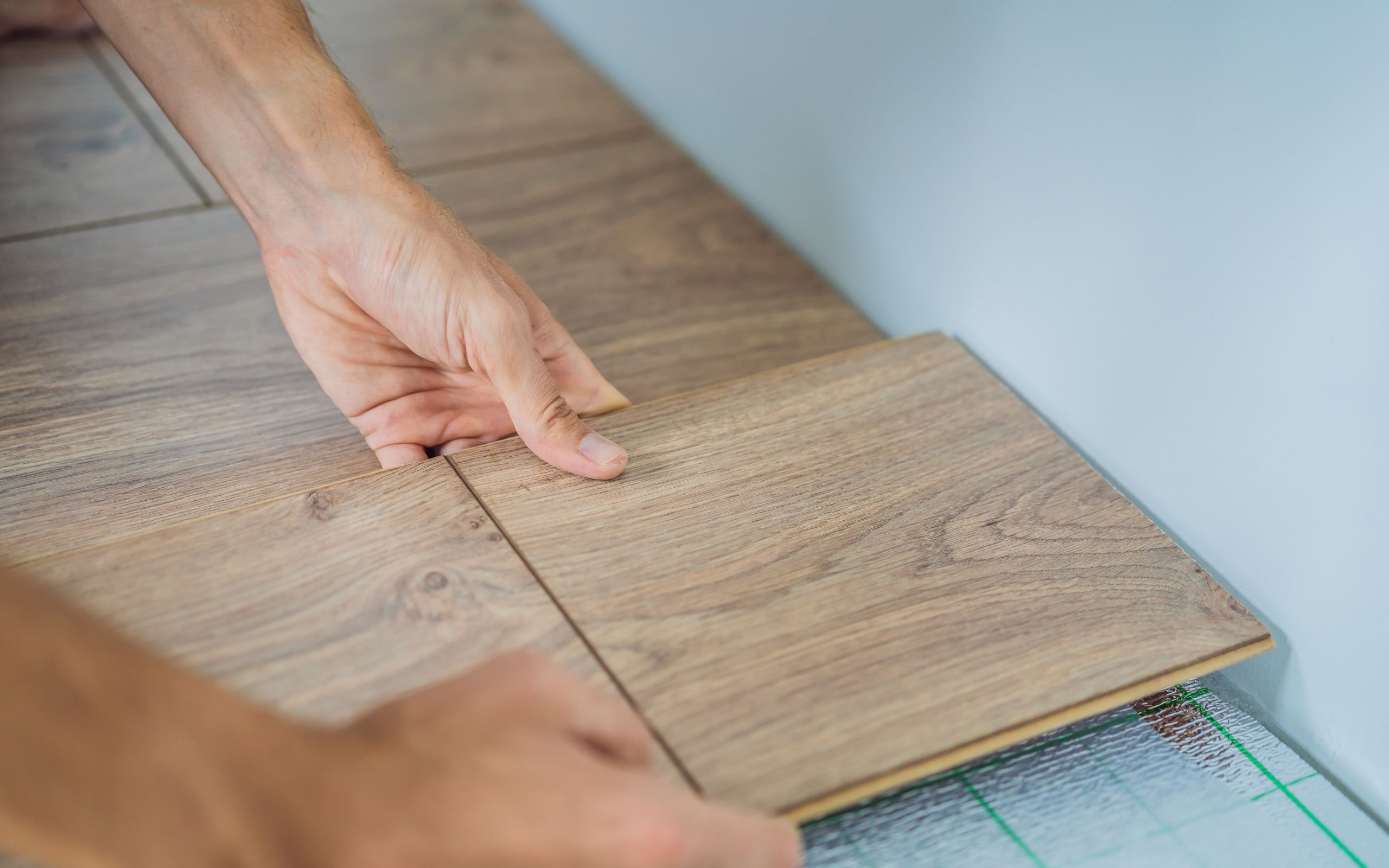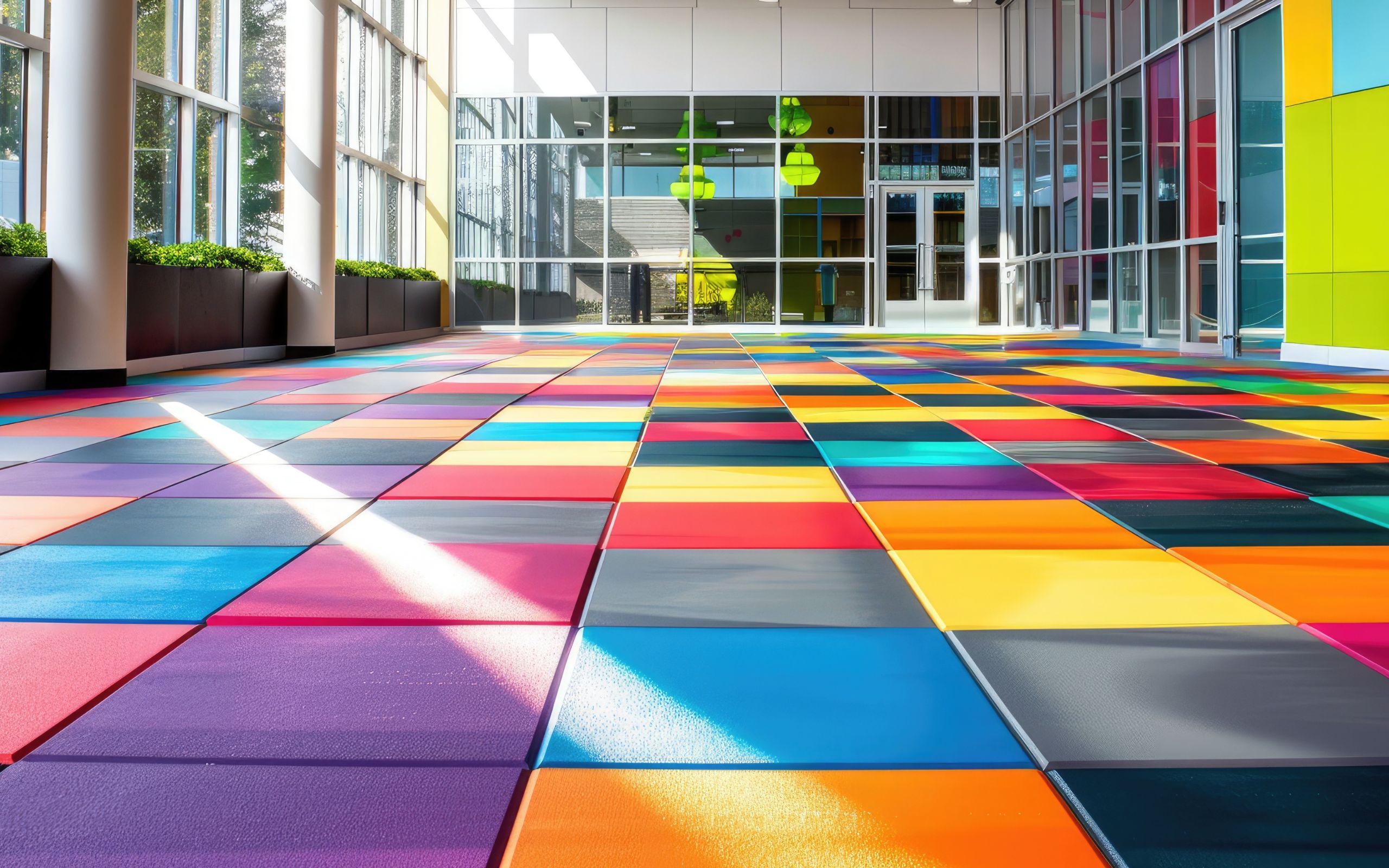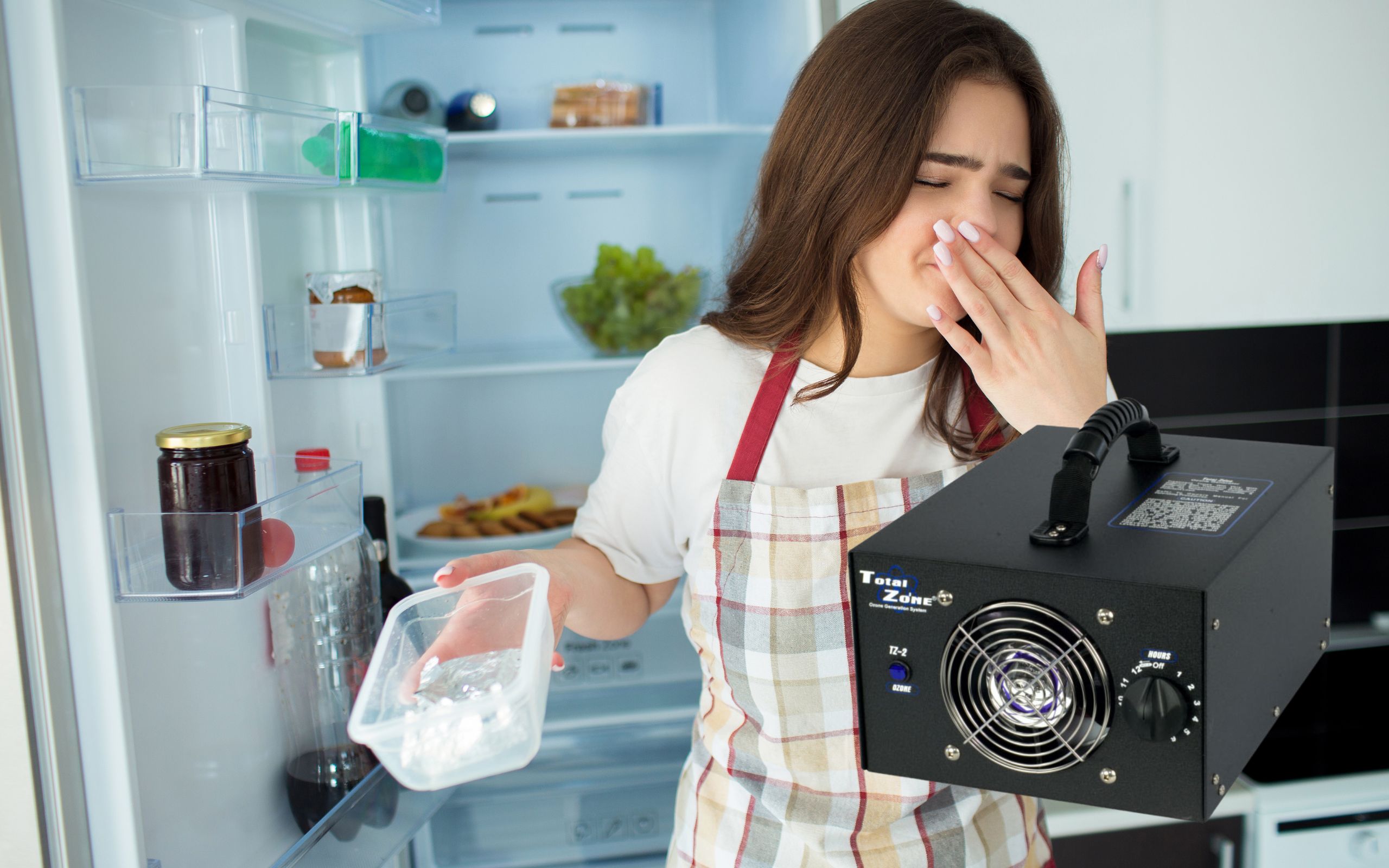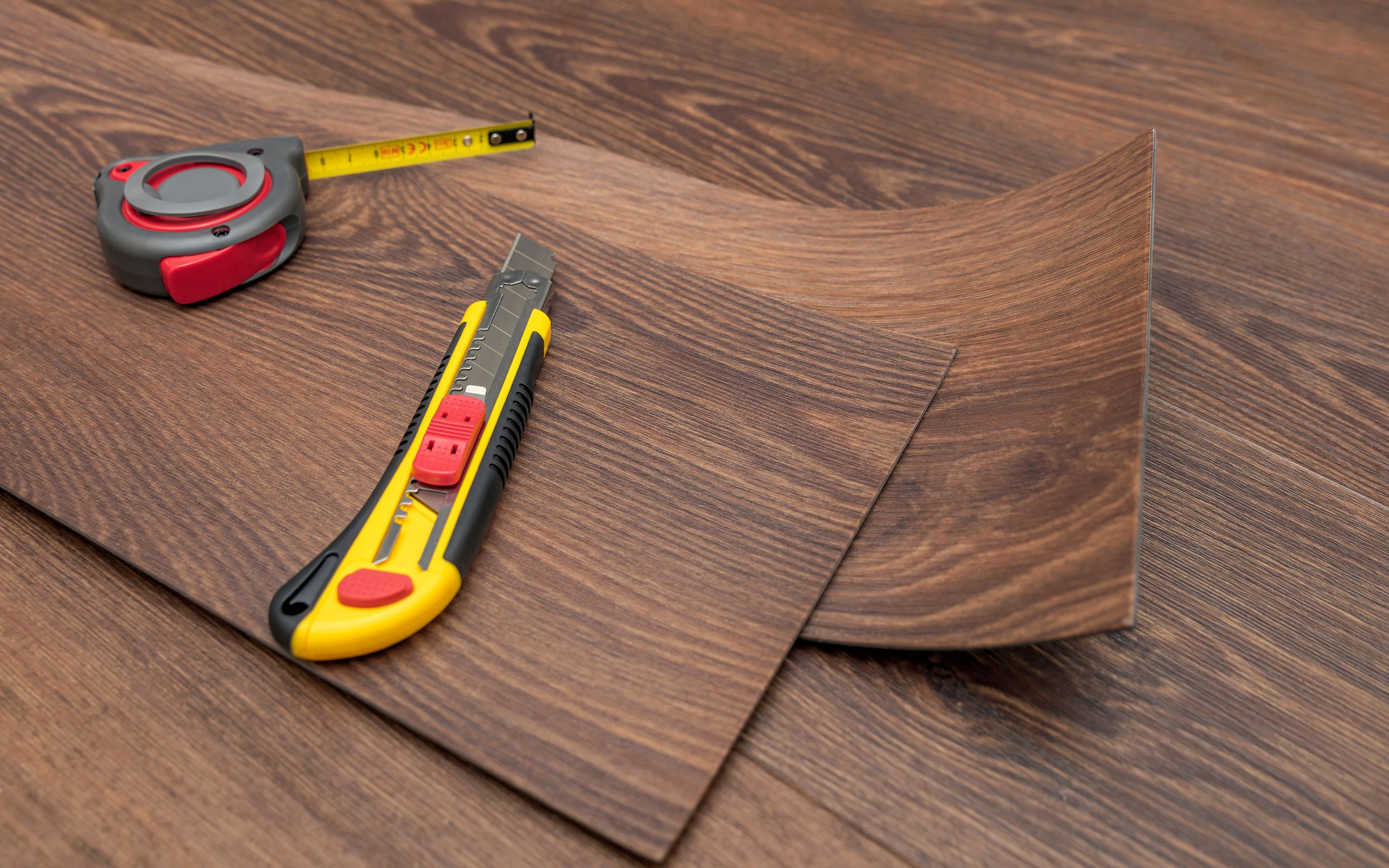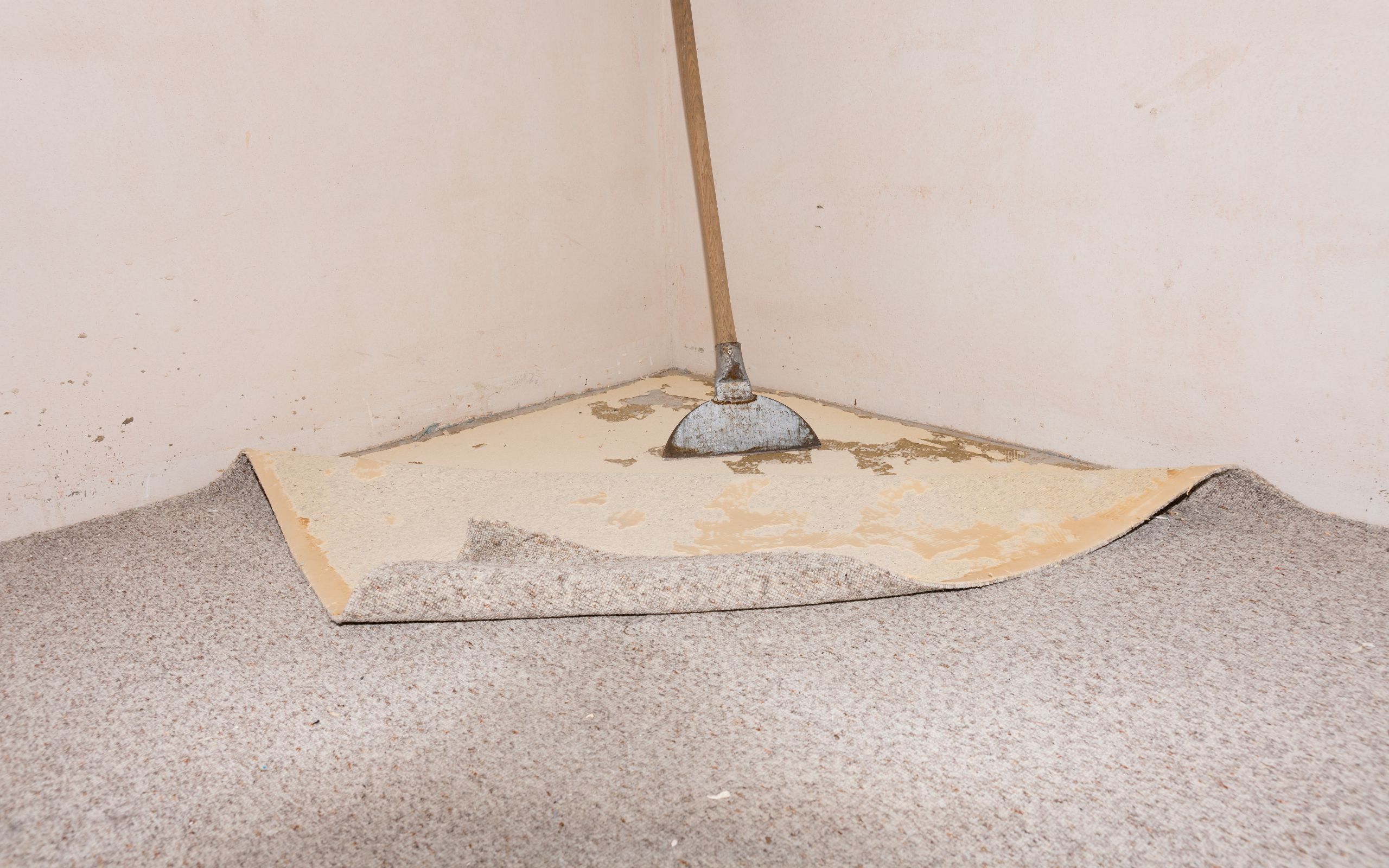Emergency Water Damage in Houston
Standing water and hardwood flooring don't mix. For anyone who lives in hurricane- and flood-prone areas that have historic homes, this comes as no surprise. If major amounts of water—flood-related or not—have come into contact with your wood floor, your floors will never be quite the same as new again, but you can take steps toward saving them from the junkyard. Your local architectural salvage yard might love to have your pulled-up hardwood flooring, but it's not time to give up the ghost just yet.
Act Fast
The sooner you can attend to your wet floors, the better. Wood's cellulose fibers rapidly soak up water but release that water more slowly. Therefore, you should start pulling off the water with your shop vacuum as soon as possible. Even if you believe your wood floors are so well-finished that water cannot penetrate to the raw wood, think again. Wood floors have many infiltration points besides the top layer: between seams, through breaks in the coating, under baseboards, through heating registers, and a host of other areas.
The secret to preventing mold and mildew growth is the same as with carpeting: Eliminate the dirt. It's not just water that causes mold and mildew; it's the combination of water and dirt.
Tools and Supplies You Will Need
- Shop vacuum
- Squeegee
- Stiff brush
- Mild detergent, disinfectant, or TSP (trisodium phosphate), as needed
- Bucket
- Rubber gloves
- Absorbent cloth
Instructions
Remove Surface Water
Use a shop vacuum on "wet mode" (no bag) to remove as much water as possible from the surface of the flooring. This is easiest with a wide flooring attachment on the vacuum hose. It also helps to use a squeegee to gather the water as you suck it up.
Scrub the Floor
Mix a mild detergent and a compatible disinfectant (such as Mr. Clean) with clean water in a bucket. Scrub the entire floor and all related woodwork (baseboards, stairs and newel posts, etc.) with a stiff brush, rinsing the brush frequently in the bucket. Do not pour the water onto the floor (there's no reason to add more water to the problem). Scrub thoroughly to remove all dirt, mud, silt, and organic material, all of which can promote mold growth.
Treat Moldy Areas
Clean areas that show signs of mold with TSP (trisodium phosphate) or TSP substitute mixed with water. Scrub affected areas with the solution until the mold and mold discoloration are gone, then rinse with clear water, and dry the surface with an absorbent cloth.
Dry the Floor
Dry the floor naturally and slowly with fans and plenty of airflow through the space. Open windows and doors (unless the outdoor air is more humid than the indoor air), and run fans to move air through the space. For example, place a box fan in a large window or door opening so the fan blows out, then open windows and/or doors on the opposite side of the space to allow fresh air in. This provides cross-ventilation to move the moisture out. It is important to dry the floor steadily but slowly. Wood flooring dried too quickly can crack. Do not apply heat to the hardwood flooring, as this can result in splitting, cupping, and other problems.
Sand Water-Damaged Wood Flooring
After drying a wood floor, you may have some concave or convex floorboards; this is called "cupping." Heavy sanding with a drum or orbital sander can actually "take down" some minor high areas. However, heavily cupped wood cannot be sanded down flat. It is inevitable that some floorboards may lift up completely at the ends. In this case, face-nail the floorboards back down.
Deal With Mold on Wood Under Paint
Mold growth under paint on a painted floor is a trickier issue. Your only recourse at this point is to remove the finish because paint creates a seal over the floor that traps water in the wood below. After scraping off the paint, scrub the wood with an abrasive cleaner, such as Barkeeper's Friend, or use a TSP-water solution with an added cup of ordinary laundry bleach per gallon of water. Dry the floor as described above after cleaning.
Replace Laminate
Laminate flooring can have a similar appearance to solid hardwood or engineered hardwood, but it is not the same material. The majority of a laminate flooring plank is made with wood pulp, much like particleboard or MDF (medium-density fiberboard). This material is highly vulnerable to water damage and swells when it gets soaked, ruining the integrity of the material. Most laminate flooring that is water-damaged must be replaced.
Source: thespruce

About Fantastic Floors, Inc. We are a successful company with more than 25 years of experience in the market, we have the infrastructure, high quality equipment, materials and supplies to achieve and exceed the expectations of our customers, allowing us to gain the confidence and loyalty for our services.
We have more than 500 residential, 300 properties and 25 commercial customers totally satisfied with our services.
Emergency Water Damage in Houston.
Fantastic Floors, Best Carpet Installers in Houston, Best Floor Installers in Houston, A/C Duct Cleaning in Houston, Best Carpet Cleaning in Houston, Best Carpet Installation in Houston, Best Carpet Shampoo in Houston, Best Floor Installation in Houston, Carpet Cleaning Companies in Houston, Carpet Cleaning in Houston, Carpet Installation in Houston, Carpet Sale in Houston, Ceramic Tile Sale in Houston, Commercial Carpet in Houston, Commercial Flooring in Houston, Emergency Water Damage in Houston, Floor Installation in Houston, Flooring in Houston, Flooring Companies in Houston, Hardwood Floor Installation in Houston, Professional Carpet Installation in Houston, Professional Floor Installation in Houston
